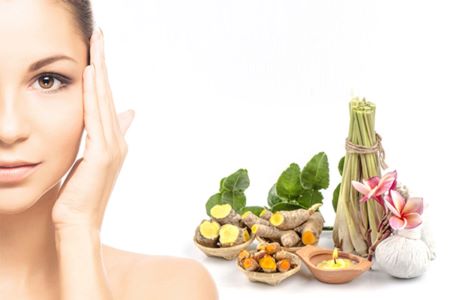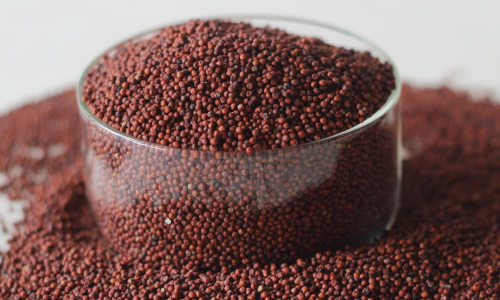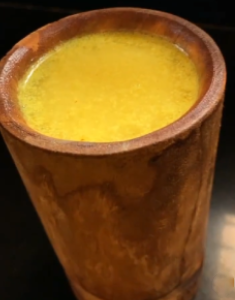Ayurveda has gained popularity worldwide for its holistic approach to health and well-being. However, along with its growing popularity comes the question of how to pronounce it correctly. When it comes to the pronunciation of Ayurveda, there are multiple ways to say it. There are three versions that are commonly used – Ayurveda (pronounced Ayurvedaah), Ayurved and Ayurveduh. Often times I even see comments under my Instagram posts like “ Please say Ayurved.” But which version is correct? In this blog, let me explain the correct terminology and pronunciation. The three ways of pronouncing Ayurveda Ayurveda (with an ‘aah’ sound at the end) My language of communication is mostly English, with my patients, friends, etc. I speak Malayalam at home because I am from Kerala. I speak in Hindi with patients who can only communicate in Hindi. It is the anglicised version. So, I use that in my conversations. This is not the original version. Ayurved Hindi speakers usually use “Ayurved.” There is nothing wrong in using it if you speak Hindi. However, this is not the original version either. It is just the Hindi version. Ayurveduh The original language of Ayurveda is Sanskrit. Here, the pronunciation is almost the same as “Ayurveda” in English, but with a short “uh” at the end, instead of “aah.” So, there you have the real pronunciation of Ayurveda. Now how you pronounce it may vary depending on the language and region, but its essence remains the same. It is a holistic approach to healthcare that focuses on maintaining the balance between the mind, body and soul. Though ancient, the popularity of Ayurveda continues to grow, as more people turn towards natural remedies and a healthier lifestyle. If you are struggling with any health issues, you can either book a consultation with us or send us a message via WhatsApp to +91 79074 89839. We have the best Ayurvedic doctors in Trivandrum who are always glad to help you. If you have any queries, contact us. You can also visit us at our hospital.
Ayurveda: Is It ‘Ayurvedaah’, ‘Ayurved’, or ‘Ayurveduh’?









